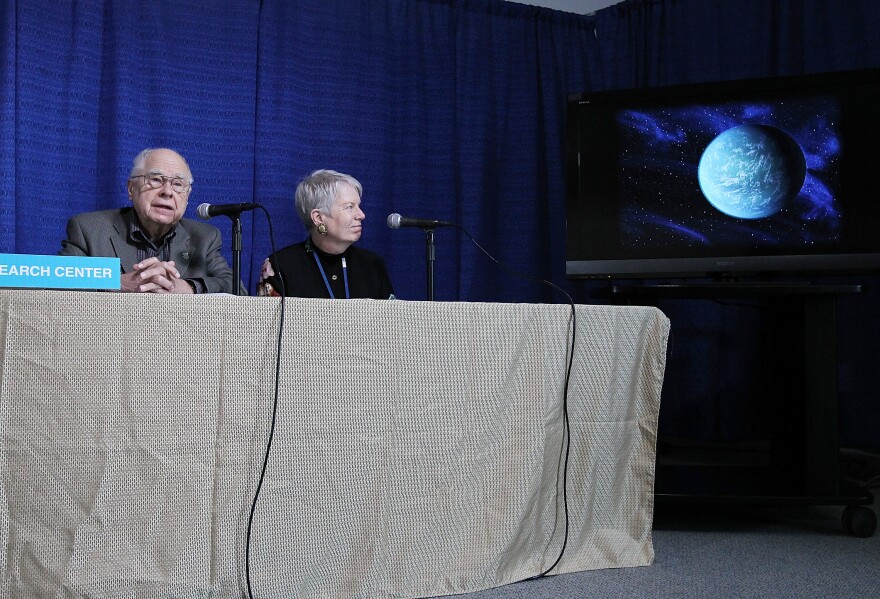Outer space is ever-expanding as are astronomers’ record-setting observations of the universe. Recently, astronomers found 18 new, Jupiter-size planets that encircle stars larger than the sun. They also found a planet – named Kepler 22b – in the middle of its sun-like star; the planet’s surface of which still remains unknown to scientists. And yesterday, astronomers reported that they have discovered two of the biggest black holes yet found in the universe.
The discovery has implications as enormous as a black hole itself. These holes can clue astronomers in to the fates of quasars – powerful explosions that occur in a cluster of thousands of young galaxies, and historically conquered the universe’s early years. One of the black holes reportedly weighs the equivalent of 21 billion Suns. The other black hole, weighing 9.7 billion Suns, rests in the center of NGC 3854, a galaxy found in another cluster. Researchers assert that new findings could shed light on the creation of the universe. What are black holes? What is their role in the formation and evolution of galaxies? Are they dangerous? What do these new astronomical discoveries mean for us on Earth?
Guest:
Miles O’Brien, Science Correspondent for PBS News Hour; journalist specializing in space, aviation, science and technology



